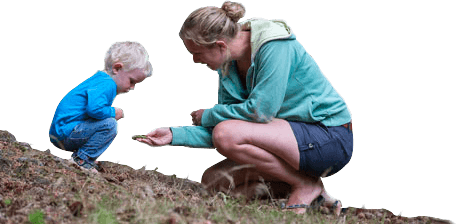The New Forest boasts an impressive array of uncommon and special butterfly species. Being...
Fungi
The New Forest is a special and nationally-important area for fungi.
With an estimated 2,700 species, it’s one of the most important areas for fungi in Britain, as well as a stronghold for many rare and endangered species, and even some still being discovered that are new to science. Some are so rare and vulnerable that they are on the protected species list and it’s illegal to pick them, even for scientific reasons (Schedule 8 of the Wildlife and Countryside Act 1981).
New Forest fungi can be found in the woodland, the grassland and the heathland. In heathland habitat, they tend to be rather small, brown and difficult to accurately identify, although when the heather is interspersed by gorse bushes somewhat larger fungi may be seen growing on the branching gorse.
All fungi are very important because they add to the biodiversity of the New Forest, and they are an essential part of the fragile ecosystem and ‘web of life’. Besides being essential rotters and recyclers (we would otherwise be completely overwhelmed by leaf litter and fallen trees), they provide food for some animals and may be vital to many invertebrates to enable them to complete their life cycles.
Please look but don’t pick
Forestry England encourages people to get out into the Forest to enjoy seeing fungi in autumn, but please do not pick fungi. Respect the natural environment of the New Forest and leave it for others to admire.
The New Forest Crown lands, managed by Forestry England, make up about half of the area of the National Park and the majority of the New Forest is a Site of Special Scientific Interest.
Commercial harvesting is not permitted and foray leaders must obtain a licence.
If you have any questions please visit www.forestryengland.uk/new-forest/fungi
Newsletter
6
Free
Six free walking routes when you sign up for New Forest Newsletter

